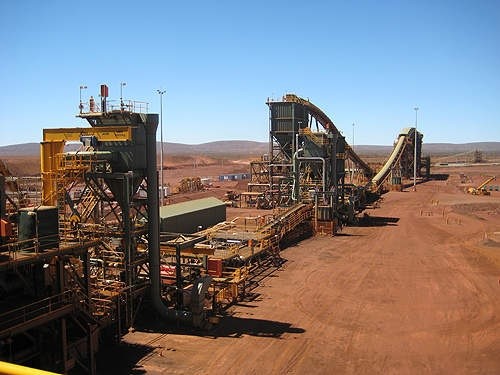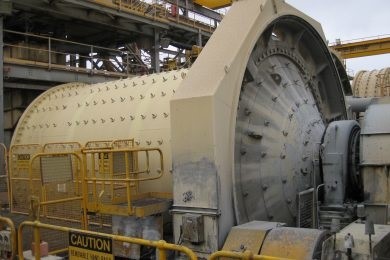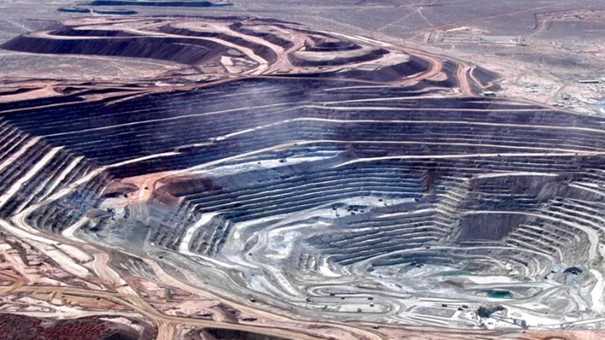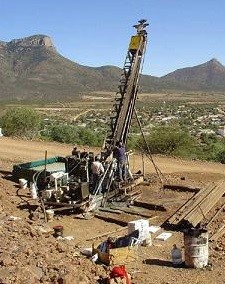Data
To support my due diligence process, I use a lot of data sets. Some of them are shown here in various submenus. The Fraser Survey of Mining Companies represents the degree of mining friendly policy in a jurisdiction, which in the end functions predominantly as a fine risk indicator. Always remember that, although useful, this is just one resulting figure for each jurisdiction, it is built up by virtue of many different indicators, which could all be individually important for a specific project in their own way. Special focus deserves the permitting process, even if jurisdictions score high overall. Severe issues about permitting sometimes don't even show up in the Survey, and can only be learned by talking to industry experts or company management.
I added a corporate tax table as well, as I sometimes get questions from other investors about this. This is a somewhat advanced subject, when you are ready to do your own discounted cash flow (DCF) analysis in order to determine the hypothetic value of a project. To get a good impression of this you can look at my Continental Gold analysis (see Analysis - Gold submenu), chapter 5 and 6, where you can find a simplified DCF calculation. For an extensive calculation I recommend studying economic studies, more in specific the paragraph "Economic Analysis", which usually is numbered #21 or 22 in a study, and in most cases contains an extensive spreadsheet about the cash flow model.
One of my own tools which I sometimes use is the Stage Derisking concept, which is described in another submenu. It is developed based on a concept of John Kaiser, a knowledgeable analyst which model more or less describes a theoretical fair value of a project based on probability for each stage. I kind of converted this into derisking tables, and finetuned stages and percentages according to my experiences. Keep in mind that Kaiser's and my models can be massively distorted by the effects of speculation as described by the model of Brent Cook which I also mention, and that all models can be heavily influenced by overall commodity/market sentiment as well. Well, how to use any of these models then you might ask? It's a good question, my answer would be that you will get a decent idea over time which model is most appropriate and which one is not.
Something I didn't add in here for free as the data could be valuable, but which is also important as far as data sets go, are peer comparisons. There are a few comparisons possible, one is a broad comparison which takes into account 40-50 more or less likewise peers in order to derive industry/category averages on certain metrics, and another is a very specific comparison, using only a few peers which come closest regarding project, jurisdiction, size, deposit type, etcetc.
I found broad peer comparisons useful when looking at general metrics like for example enterprise value (EV) per resource unit (oz, lb, tonne), Net Present Value (NPV) or Net Asset Value (NAV) per share, or Cash Flow (CF)/marketcap (or EV) multiples. When analyzing individual projects and especially trying to model DCF analysis for upcoming economic studies, it is necessary to look for a few very similar (at least as similar as possible) projects, in order to base yourself on realistic assumptions, used by peers in their studies. You can construct these peer comparisons by yourself, but you can also look into good analyst reports, which you can ask company management or the analysts themselves for.
Finally I added two samples of lists of companies I am following, to give you an idea about companies that aren't outright trainwrecks (at least in my opinion), and about the basic data you need at least to get an idea about company and project in my view. You don't need to create large spreadsheets yourself, it is just something I like to be able to check on data quickly without having to memorize or look up everything. On the other hand you can also for example easily create ranking systems to determine which ones are better than others. Everyone has his or her own methods based on own strengths and weaknesses, so just do whatever you like.








